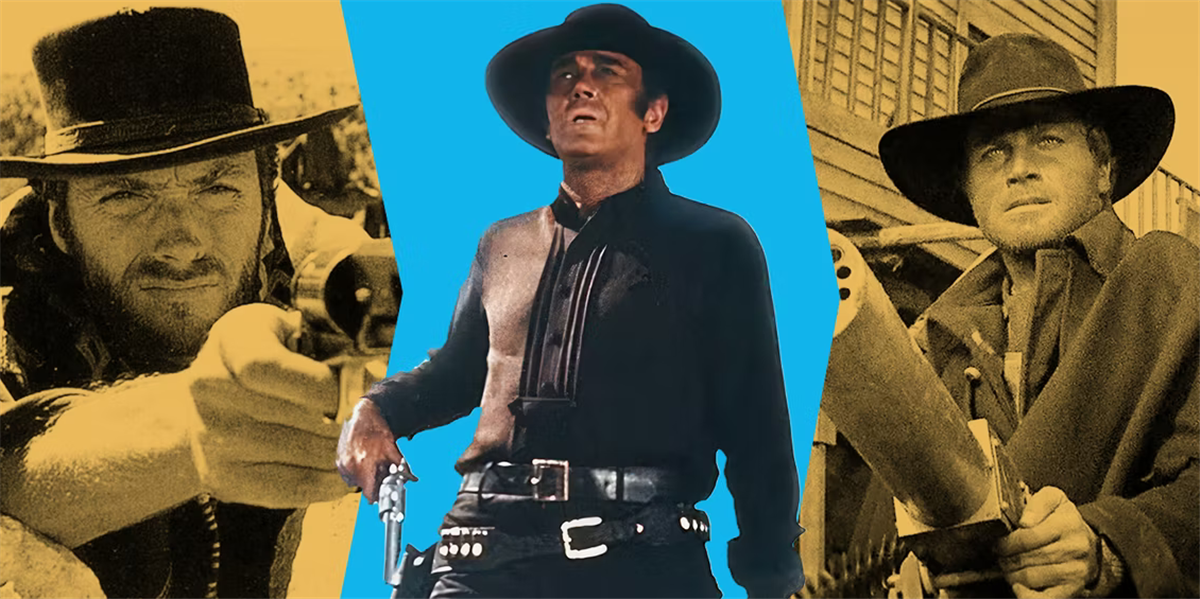What’s the single greatest Spaghetti Western of all time?
In the mid-60s, during the twilight of the cinematic golden era of American Westerns, it seemed audiences were finally growing tired of cowboys and shootouts. However, just as the saloon doors were almost closed on the genre, a wave of Italian filmmakers kicked them back open, like a vigilante gunslinger prepared to save a town.
Filmed mostly throughout Spain and Italy, Spaghetti Westerns, as they were called, redefined Western tropes with a gritty, sweaty and morally ambiguous filter. The sub-genre meshed perfectly with the subversive counter-culture and evolving sensibilities of moviegoers at the time. The following are the best showcases of horse chases, bank robberies and epic stare-downs the genre has to offer, with some excellent musical scores for good measure.
10, ‘Death Rides a Horse’ (1967)
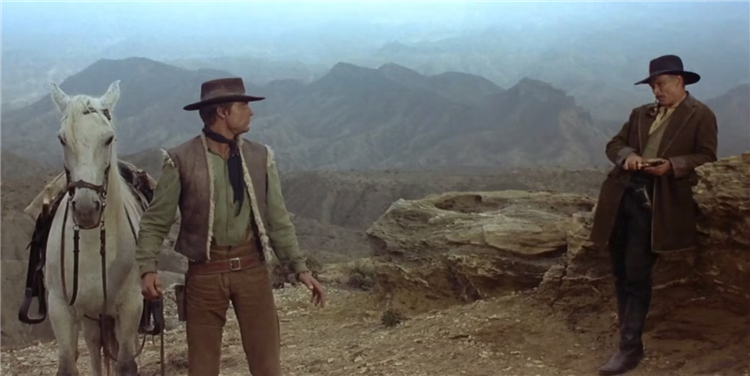
For 15 years, Bill (John Phillip Law) has prepared to enact revenge on his family’s killers. Just as he begins to execute his plan, a loner named Ryan (Lee Van Cleef) arrives to town, seeking revenge of his own.
After his appearances in two installments of Sergio Leone’s acclaimed “Dollars” trilogy, Van Cleef embraced his career’s second wind as an elder statesman of the wild west, shepherding the fool-hardy youngster. While the plot is basic genre fare, the film elevates itself with precise direction, Ennio Morricone’s chanty score and a final shootout in the middle of a sandstorm.
9, ‘If You Meet Sartana…Pray For Your Death’ (1968)
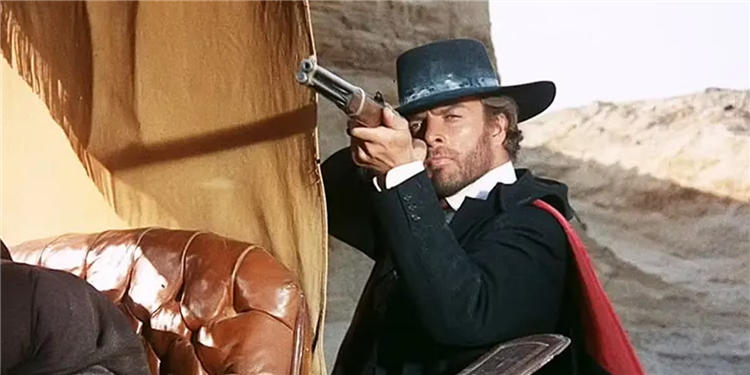
Bounty hunter Lasky (William Berger) gets involved in an insurance fraud plot, working for corrupt officials. However, his plan falls apart when he finds himself in the cross-hairs of vigilante Sartana (Gianni Garko), who plans to put a stop to his schemes.
If You Meet Sartana…Pray For Your Death is a campy action-packed romp that lives up to its gloriously over-the-top title in spades. While much of the film’s framework is cribbed from Sergio Leone’s filmography, director Gianfranco Parolini provides a fast-paced and pulpy alternative to Leone’s work. The menacingly cool Sartana is akin to a wild west version of John Wick, racking up a higher body count in the first 30 minutes than that of most Spaghetti Westerns in their entirety.
8, ‘Day of Anger’ (1967)
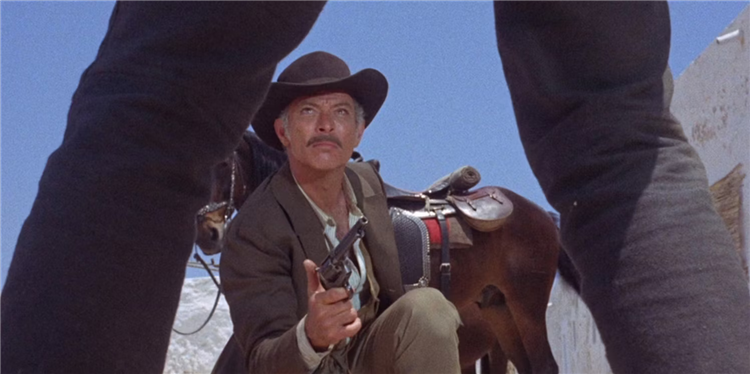
When outlaw Frank Talby (Lee Van Cleef) arrives in the small town of Clifton, street-sweeper Scott Mary (Giuliano Gemma) immediately takes notice. An aspiring gunslinger himself, Scott eventually convinces Talby to teach him his ways, unaware of the outlaw’s sinister motives.
Continuing his Spaghetti Western comeback, Van Cleef once again puts his grizzled worldliness to work in Tonino Valerii’s Day of Anger. He and Gemma play off each other wonderfully, enhancing the trainee-mentor relationship at the heart of the film. However, when the Talby and Scott are inevitably pitted against each other, the result is a surprisingly rousing finale that will have you cheering at the screen.
7, ‘Duck, You Sucker!’ (AKA ‘A Fistful of Dynamite’) (1971)
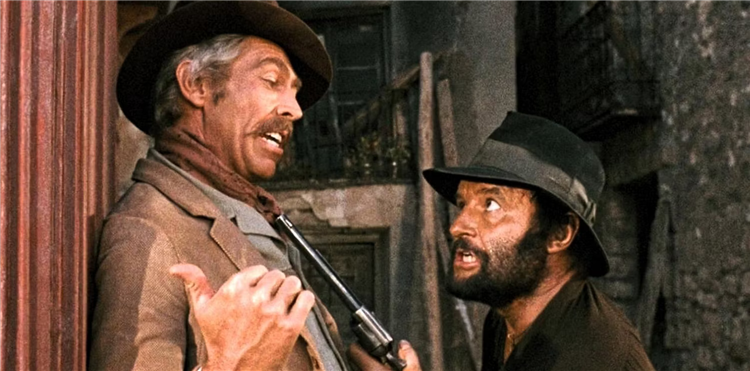
Irish ex-revolutionary Sean Mallory (James Coburn) has a run-in with Mexican outlaw Juan Miranda (Rod Steiger), who attempts to recruit Sean for a bank robbery. The two have an on-and-off partnership, eventually teaming together for a greater cause.
Leone’s Spaghetti Western swan song sees yet another “bromance” between two nuanced outlaws. Proving there was still gas in the tank, Leone fully takes advantage of his eye for scope, giving us one of the largest battle scenes in the genre. The film isn’t all spectacle, however, as the aforementioned battle results in a crushing final moment, ending Leone’s run in the genre on a somber and meditative high.
6, ‘A Fistful of Dollars’ (1964)
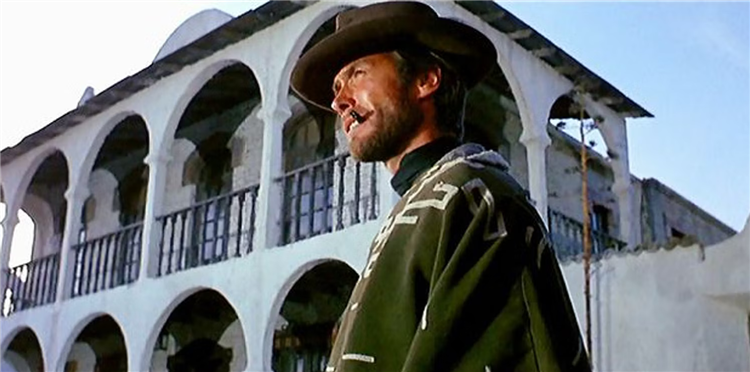
A nameless wanderer (Clint Eastwood) arrives in the quiet run-down town of San Miguel. It isn’t long before he finds himself caught between the town’s two warring factions. He proceeds to play both sides, in an effort to clear them from the town and make some money on the side.
This remake of Akira Kurosawa’s Yojimbo catapulted both Eastwood and the Spaghetti Western into the mainstream. Leone’s keen eye, Eastwood’s prickly performance, and one of the first of many brilliant scores Ennio Morricone would produce in the genre, proved a recipe for success. While later films, including Leone’s own, would go on to improve upon the formula, A Fistful of Dollars paved the way for a brand-new genre to take the world by storm.
5, ‘The Great Silence’ (1968)
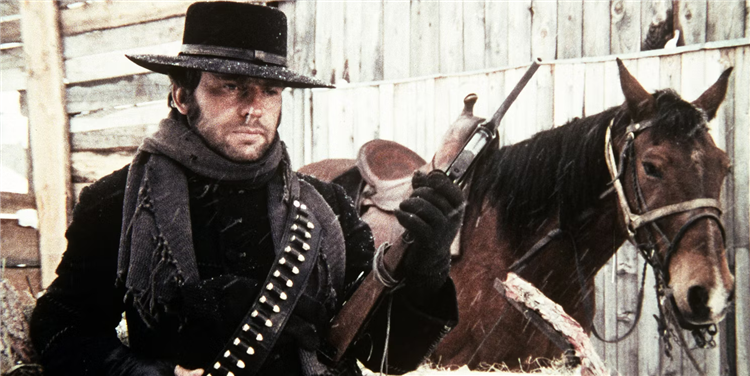
In the aptly-named town of Snow Hill, Utah, mute gunman Silence (Jean-Louis Trintignant
Sergio Corbucci’s The Great Silence stands apart from other Spaghetti Westerns in its subversion of many of the genre’s signature tropes. The film’s snow-covered setting, melancholic tone and literal silent protagonist compliment its revisionist themes and refusal to be a simple story of good conquering evil. Instead, the hero’s quest for peace is an uphill trek, making for a uniquely engrossing, if occasionally bleak, take on the genre.
4, ‘For a Few Dollars More’ (1965)

The “Man With No Name” (Clint Eastwood) returns to hunt down vicious outlaw Indio (Gian Maria Volonte). Complications arise when Colonel Douglas Mortimer (Lee Van Cleef) arrives to collect the same bounty, and to settle a personal grudge with Indio.
Leone’s sequel to his own A Fistful of Dollars improves upon nearly every element of its predecessor. Eastwood and Van Cleef share a dynamic chemistry, offering a surprising amount of humor in their scenes together. Meanwhile, Mortimer’s revenge-fueled subplot provides an emotional through-line missing from the first film. When Mortimer finally confronts the unhinged Indio (one of the most nuanced and memorable villains in the genre), the result is a pulse-pounding stand-off for the ages.
3, ‘Django’ (1966)
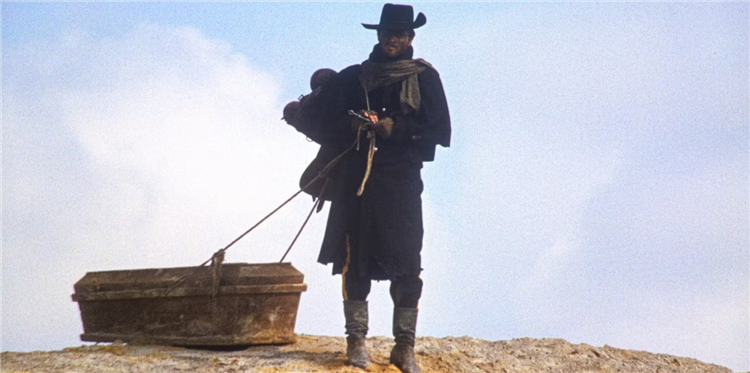
After rescuing a prostitute, loner Django (Franco Nero) escorts her back to town, dragging a coffin with mysterious contents inside. When they arrive, Django finds himself caught between a Mexican gang and the radical Major Jackson (Eduardo Fajardo), with whom he has a grudge to settle.
Upon Django’s release, the titular hero immediately earned a spot alongside Clint Eastwood’s nameless gunslinger as an icon of the genre. Nero brings a grounded thoughtfulness to the character that sets him apart, all while getting to show off his action-hero chops. Despite the short runtime, director Sergio Corbucci treats us to multiple shootouts, a fort raid and a show-stopping sequence where we finally get to see what Django’s got in that coffin of his.
2, ‘The Good, The Bad And The Ugly’ (1966)

The lives and self-serving ambitions of a mysterious drifter, a cold-blooded bounty hunter and a wild outlaw collide in Leone’s classic final installment in his coveted “Dollars” trilogy. The result is a masterpiece of mythic proportions, and it’s nearly impossible to overstate its popularity, longevity and influence. It’s likely, for instance, that someone with little to no knowledge of the Spaghetti Western genre could whistle Morricone’s catchy theme verbatim.
Wallach’s high-energy performance fits perfectly into the tried-and-true formula established by Eastwood and company, making each of the intertwining arcs compelling throughout. The film, as well as Leone’s journey to perfect his own version of the Western, reaches a fever pitch in the transcendent finale, a masterclass of cinematography and sustained suspense.
1, ‘Once Upon a Time in The West’ (1968)

When a New Orleans prostitute (Claudia Cardinale) travels to Flagstone to marry a rancher, she soon learns he’s been murdered. The culprit is a henchman (Henry Fonda) working for a rail baron, who frames outlaw Cheyenne (Jason Robards) for the crime. Meanwhile, a drifter named Harmonica (Charles Bronson) arrives to town with his own secret agenda.
While the “Dollars” trilogy will always serve as Leone’s flagship creation, many would agree that Once Upon a Time in The West is his magnum opus. Packed with all the suspense, majesty and craft of ten Spaghetti Westerns, the film is an operatic epic that’s both sprawling in its scope and singular in its storytelling. Bronson fills out the Eastwood role nicely and Fonda plays against type as a villain almost too comfortably, rounding out a spectacular ensemble. Add in Morricone’s explosive score, and you have a Spaghetti Western masterpiece that will likely continue to be rediscovered and beloved by generations to come.
